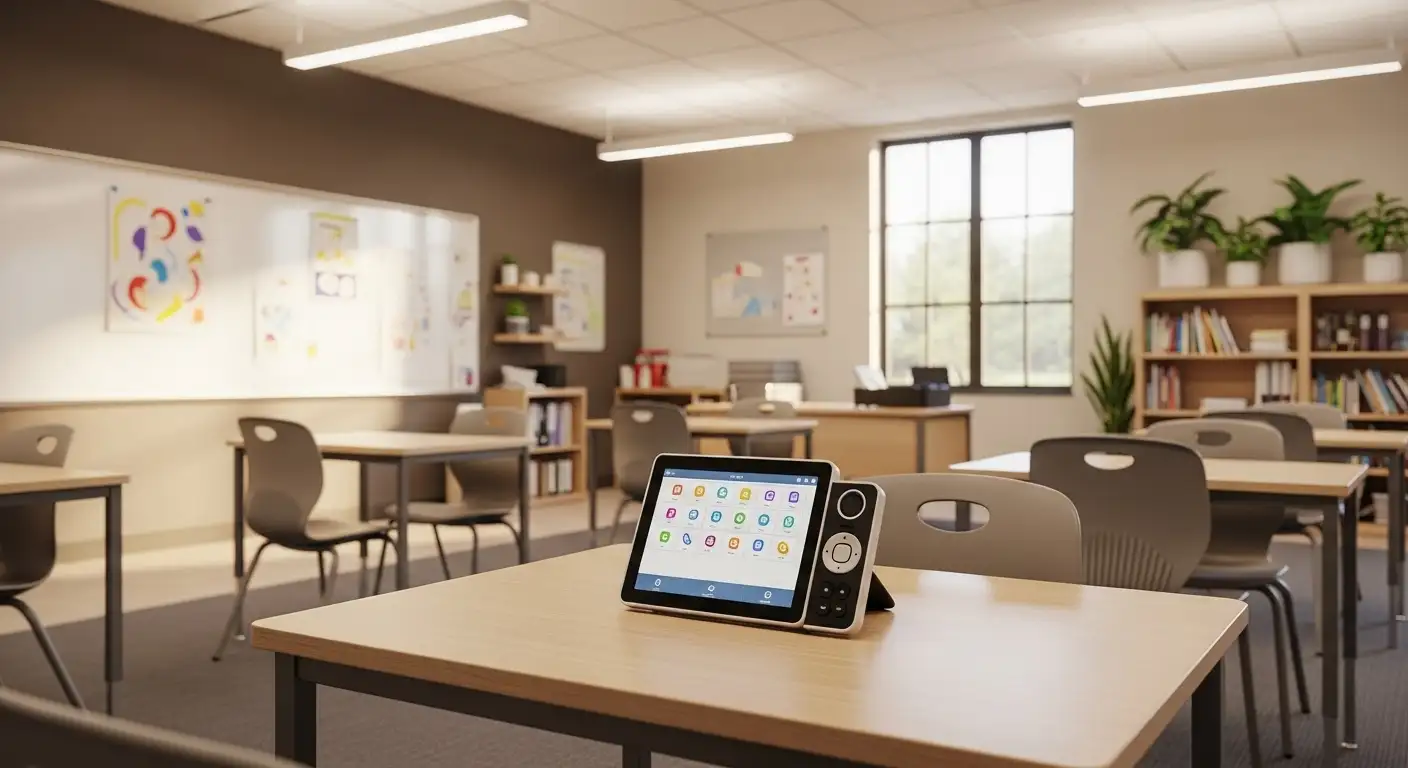The Role of ABA Therapy in Teaching Independent Living Skills


Understanding ABA Therapy and Its Broader Context
Applied Behavior Analysis (ABA) therapy plays a pivotal role in teaching children with developmental challenges critical skills for independent living. By focusing on behavior modification, skill acquisition, and real-world application, ABA therapy supports children in achieving milestones that enhance their autonomy. This article explores ABA's contributions to independent living skills, its integration with other therapeutic disciplines, and its impact on improving everyday functionality for children with autism spectrum disorder (ASD).
Fundamentals of ABA Therapy in Skill Development
What are the primary objectives of ABA therapy?
Applied Behavior Analysis (ABA) therapy focuses on several important goals to support children, especially those with Autism Spectrum Disorder (ASD). Its primary objectives include increasing positive behaviors, teaching new skills, reducing undesired behaviors, and importantly, helping children apply these skills across different environments. This means the skills learned through therapy can be generalized and used not only in clinical settings but also at home, in school, and in everyday routines.
Who supervises ABA therapists?
ABA therapy is implemented by trained therapists who work under the supervision of a Board Certified Behavior Analyst (BCBA). The BCBA credential is awarded by the Behavior Analyst Certification Board (BACB), which ensures that supervisors meet high standards for professional, evidence-based practice. This supervision guarantees that therapy is ethical, effective, and tailored to each child's unique needs.
How is skill generalization supported across environments?
ABA therapy emphasizes teaching skills through individualized programming and naturalistic teaching methods embedded within daily routines. By integrating learning into real-life contexts such as home and school, children are better able to transfer and maintain their new skills across different settings. This approach supports development towards levels comparable to neurotypical peers, promoting broader functional independence.
ABA Therapy’s Role in Teaching Independent Living Skills
How does ABA support independent living skills?
Applied Behavior Analysis (ABA) therapy helps children learn essential independent living skills by using individualized programming tailored to each child's needs. Through naturalistic teaching methods embedded in daily routines, ABA enhances vital social, communication, and behavioral skills. These include self-care tasks such as dressing, grooming, and feeding, as well as appropriate social interactions necessary for everyday living.
At what ages is ABA therapy most effectively applied for developing these skills?
ABA therapy is most effective when provided to children between infancy and age 6. This early developmental period is critical for establishing foundational skills through targeted intervention. By focusing on skill development during these formative years, ABA aims to bring children's abilities closer to those of their neurotypical peers.
Daily living activities addressed by ABA
- Self-care: eating, dressing, grooming
- Social communication skills
- Behavioral regulation
- Basic functional skills for use in home and school environments
Naturalistic teaching methods during routines
- Incorporating learning opportunities into everyday activities
- Using familiar settings to promote generalization of skills
- Encouraging spontaneous use of newly learned behaviors and skills
Skill development tailored for infants to early childhood
Since ABA therapy focuses on children from infancy through age 6, individualized programs are designed to follow developmental milestones. Teaching strategies adapt to the child’s progress, ensuring steady advancement in independence and functional abilities relevant to their age and environment.
Collaborative Therapeutic Approaches Enhancing ABA Outcomes

What additional therapies complement ABA in developing independent living skills?
ABA therapy is essential for improving social, communication, and behavioral skills in children with Autism Spectrum Disorder (ASD). To holistically support a child's growth, onsite occupational therapy (OT) and speech therapy are often provided alongside ABA. These therapies target developmental and functional skills crucial for daily life activities, school participation, and play. This team approach ensures children can apply learned behaviors in various settings, from home to school.
How do occupational and speech therapies differ from ABA therapy?
While ABA centers on modifying behaviors and teaching new skills, occupational therapy focuses on fine and gross motor skill development, sensory processing, self-care, feeding, handwriting, attention, memory, problem-solving, and self-regulation. OT helps children handle everyday tasks such as dressing, grooming, and feeding, promoting greater independence.
Speech therapy, on the other hand, addresses communication challenges. Speech and language pathologists (SLPs) assess and treat language disorders, articulation, oral-motor feeding concerns, expressive and receptive language, as well as social communication skills. These therapies work in tandem to improve both verbal and non-verbal communication, which ABA also supports but from a behavioral framework.
How do these therapies integrate for comprehensive development?
The combination of ABA with occupational and speech therapies creates a multidisciplinary approach tailored to each child's unique needs. While ABA builds foundational social and behavioral competencies, occupational and speech therapies enhance motor abilities, communication, and functional daily living skills. Providers also support educational advocacy, such as developing and reviewing Individualized Education Programs (IEPs) or 504 plans, facilitating continuity of care between home, therapy, and school environments. This integration fosters consistent skill application, enabling children with ASD to reach developmental milestones closer to their neurotypical peers.
Educational Advocacy and Bridging Therapy Across Environments
How does the therapy provider support the educational needs of children?
Therapy providers play a vital role in supporting children with Autism Spectrum Disorder (ASD) beyond direct therapeutic interventions. One of their key responsibilities is educational advocacy. This involves assisting families and schools in developing and reviewing individualized education programs (IEPs) and 504 plans. These plans are tailored to meet the unique learning and developmental needs of each child, ensuring they receive appropriate accommodations and services in the educational setting.
Providers also prepare and share detailed documentation of the child's therapy goals and progress. This documentation serves as a bridge between therapy sessions at home or clinic and the child's school environment. By coordinating efforts across settings, therapists help maintain consistency in skill development and behavioral strategies, which is crucial to generalizing learned skills.
Through collaboration with educators and families, therapy providers advocate for the child's full participation and success in school. This partnership helps ensure that therapeutic gains translate into meaningful improvements in academic performance, social interaction, and daily functioning across different environments.
Broader Impact of ABA and Related Therapies on Quality of Life

What are the overall goals of ABA and associated therapies beyond immediate skill acquisition?
Applied Behavior Analysis (ABA) and its complementary therapies like occupational, speech, and physical therapy strive to support children with Autism Spectrum Disorder (ASD) in reaching developmental milestones similar to those of their neurotypical peers. These interventions target a wide range of skills to improve behavioral regulation, communication, and motor abilities.
ABA therapy focuses on increasing positive behaviors, teaching new skills, and reducing undesired behaviors through individualized programs applied in natural settings such as home and school. This approach helps children generalize skills across different environments, emphasizing social and communication enhancements.
Occupational therapy supports development in fine motor skills, sensory processing, self-care activities like dressing and grooming, and cognitive skills including attention and problem-solving. Speech therapy targets language and communication challenges commonly faced by children with ASD, addressing both expressive and receptive language, articulation, social communication, and oral-motor feeding deficits.
Physical therapy complements these services by developing gross motor skills, balance, coordination, and motor planning, enabling smoother and more effective movements.
Together, these therapeutic approaches aim to improve functional independence and facilitate social integration. By delivering multidisciplinary care, children gain comprehensive support that promotes their abilities not only for daily living but also for school participation and meaningful social interactions, enhancing their overall quality of life.
Empowering Independence Through ABA Therapy and Collaborative Care
ABA therapy, complemented by occupational and speech therapies, plays a transformative role in teaching children with autism spectrum disorder essential independent living skills. Through evidence-based interventions and collaboration across therapeutic disciplines, these approaches not only foster skill acquisition but also promote generalization into everyday settings like home and school. Educational advocacy further enhances outcomes by ensuring consistent support across environments. Ultimately, ABA therapy is a vital tool in nurturing autonomy, improving quality of life, and enabling children to thrive with greater independence.
References
Recent articles

Dairy And Autism
Exploring Dietary Dynamics in Autism: The Role of Dairy and Beyond

Lead Exposure & Fevers During Pregnancy Lead to Autism
Exploring the Impact of Prenatal Environmental Factors on Autism Spectrum Disorder Severity

Providing Coping Strategies Through Counseling for Teens
Empowering Teens with Essential Coping Skills through Counseling

How Behavior Analysis Helps Children with Impulse Control Issues
Unlocking Calm: The Science Behind Behavior Analysis in Managing Impulsive Actions

Benefits of Art Therapy for Autism
Exploring Creative Pathways: How Art Therapy Enhances Lives of Children with Autism

Tips for Encouraging Speech Device Usage in Daily Life
Empowering Communication: Integrating Speech Devices Seamlessly at Home and Beyond


